- All the courses we offer at Baton Rouge College are job-related. We want to prepare you for the job market and give you the knowledge and skills needed to allow you to start earning a salary as quickly as possible. Our Paralegal Programs are designed to enable serious students to learn the job entry skills needed to work as a paralegal as quickly as possible. While considering any school, analyze what you will learn and what you need to know to do the job. What are the qualifications of the instructors, the administrator, the length of time the school has been teaching paralegal students, the work experience of the teachers, class size, and how long it will take you to complete the program requirements.
School Highlights
Baton Rouge College serves 21 students (100% of students are full-time).
The college's student:teacher ratio of 5:1 is lower than the state community college average of 23:1.
Minority enrollment is 59% of the student body (majority Black), which is less than the state average of 60%.
Quick Stats (2025)
- Enrollment: 21 students
- Acceptance Rate: 83%
- Student:teacher ratio: 5:1
- Minority enrollment: 59%
- Source: Integrated Postsecondary Education Data System (IPEDS)
School Overview
The teacher population of 4 teachers has stayed relatively flat over five years.
Baton Rouge College
(LA) Community College Avg.
Institution Level
At least 2 but less than 4 years
At least 2 but less than 4 years
Institution Control
Private, for profit
Public
Total Faculty
4 staff
37 staff
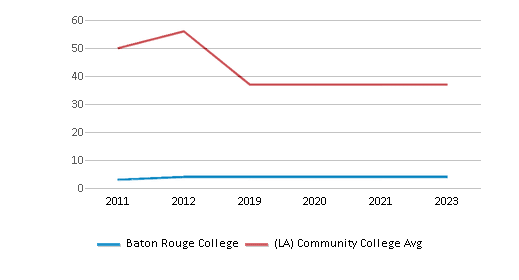
Student Body
The student population of Baton Rouge College has stayed relatively flat over five years.
The student:teacher ratio of 5:1 has stayed the same over five years.
The Baton Rouge College diversity score of 0.48 is less than the state average of 0.66. The school's diversity has stayed relatively flat over five years.
Total Enrollment
21 students
422 students
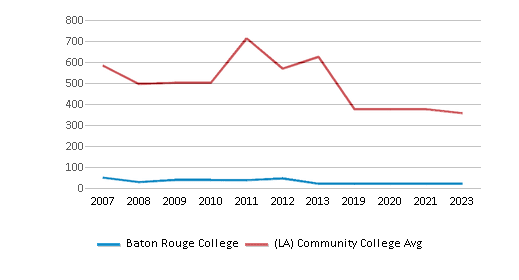
Student : Teacher Ratio
5:1
23:1
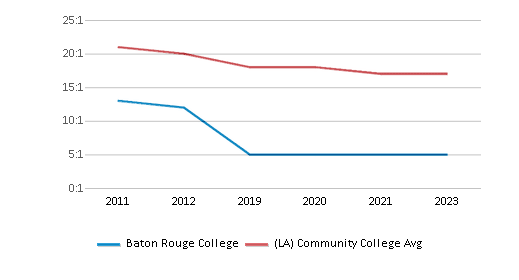
# Full-Time Students
21 students
311 students

# Part-Time Students
n/a
393 students

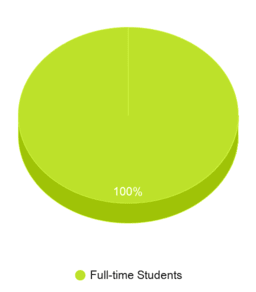
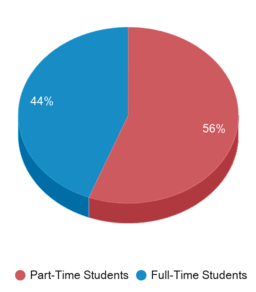
# Enrollment Undergraduate
n/a
343 students
# Full-Time Undergraduate Students
21 students
284 students

# Full-Time Graduate Students
n/a
17 students
# Part-Time Undergraduate Students
n/a
1,213 students
# Part-Time Graduate Students
n/a
1 students
Total Dormitory Capacity
n/a
217 students
% American Indian/Alaskan
n/a
1%
% Asian
n/a
2%
% Hispanic
n/a
5%
% Black
59%
41%
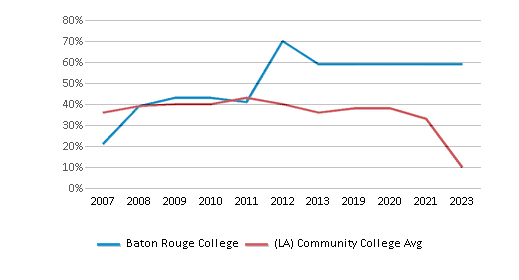
% White
41%
40%
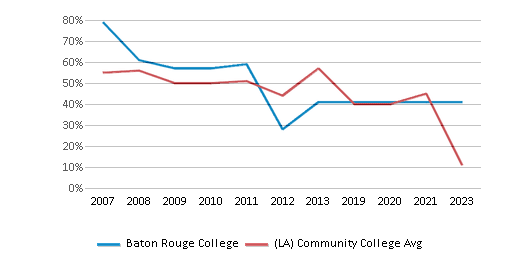
% Hawaiian
n/a
1%
% Two or more races
n/a
2%
% Non Resident races
n/a
1%
% Unknown races
n/a
7%
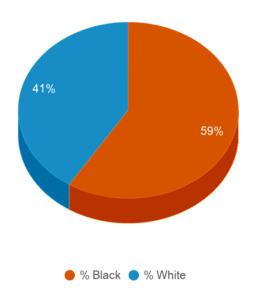
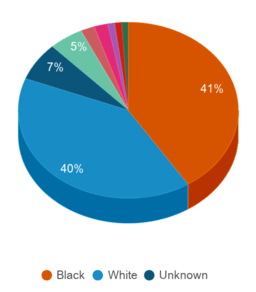
Diversity Score
0.48
0.66
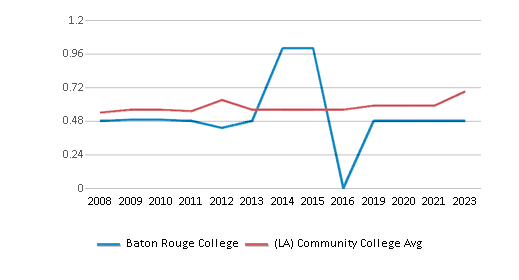
College Completion Rate (Students who graduate in less than 4 years)
60%
48%
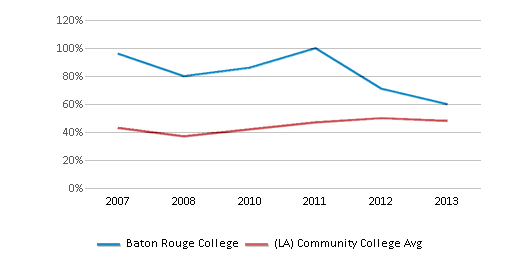
College Completion Rate (Students who graduate in 4 years or more than 4 years)
n/a
0.3147%
Average Graduate Earnings (10 Years)
$33,100
$28,200
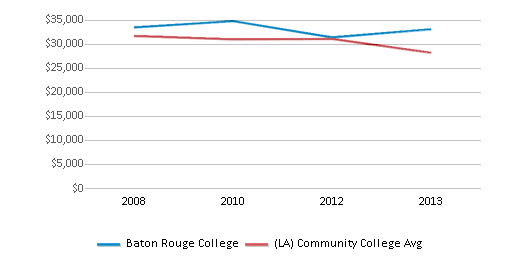
Tuition and Acceptance Rate
% Students Receiving Some Financial Aid
100%
90%
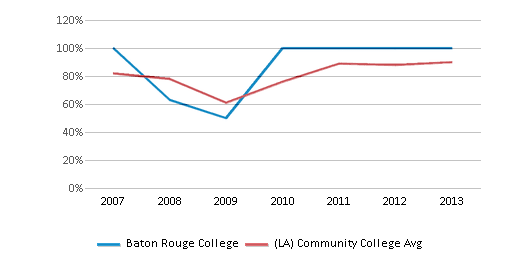
Median Debt for Graduates
$17,358
$10,500
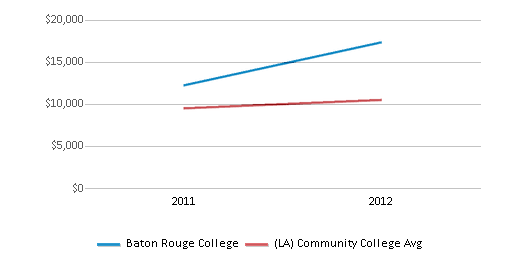
Median Debt for Dropouts
$5,500
$4,750

Acceptance Rate
83%
70%
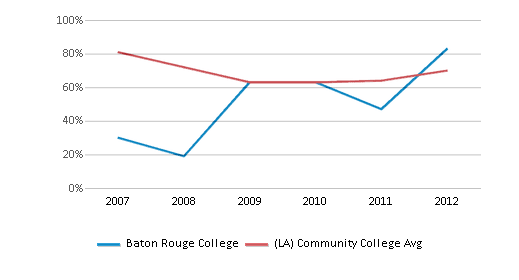
ACT Composite
n/a
21
ACT English
n/a
21
ACT Math
n/a
20
Source: 2023 (or latest year available) Integrated Postsecondary Education Data System (IPEDS)
Frequently Asked Questions
What is the acceptance rate of Baton Rouge College?
The acceptance rate of Baton Rouge College is 83%, which is higher than the state average of 70%.
In what neighborhood is Baton Rouge College located?
Baton Rouge College is located in the Lobdell And Woodale neighborhood of Baton Rouge, LA. There are 2 other community '.colleges.' located in Lobdell And Woodale.
Recent Articles

Obtaining Your Bachelor's Degree at a Community College
Explore the evolving landscape of community colleges offering bachelor's degrees, addressing affordability, accessibility, and workforce needs.

A to Z of Community College Certificates and Courses
From business and healthcare to technology and skilled trades, the article showcases the breadth of options available to students seeking to enhance their knowledge, develop new skills, or pursue career advancement.

What is a Community College?
This comprehensive guide explains what a community college is, its history, and its role in higher education. It covers the types of programs offered, differences from four-year colleges, benefits of attending, and important considerations for prospective students, providing valuable insights for those exploring educational options.









